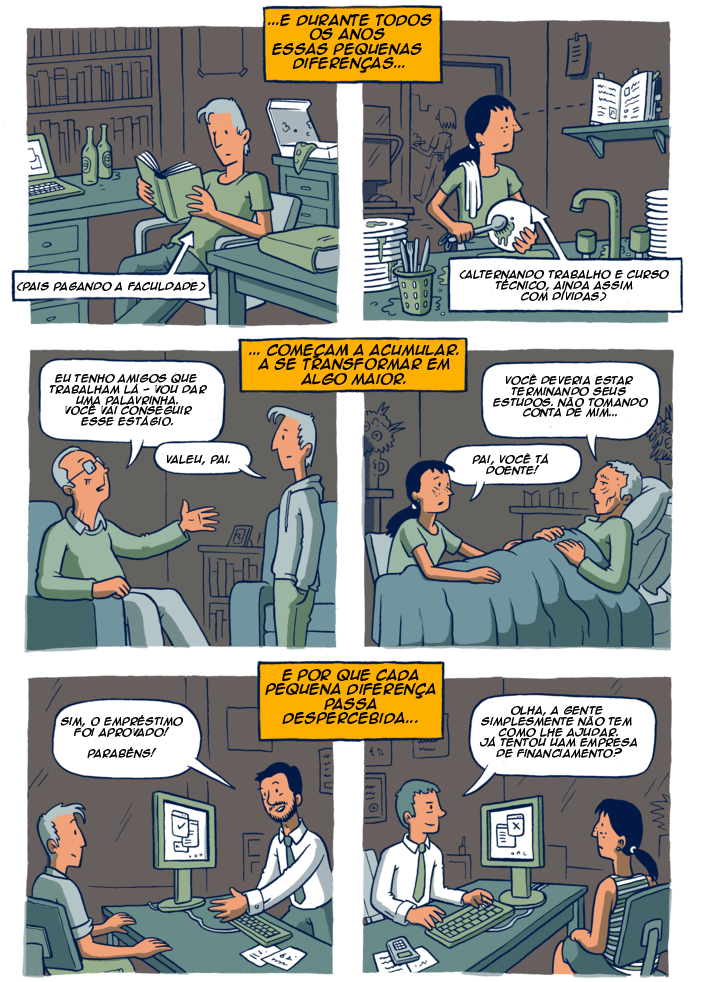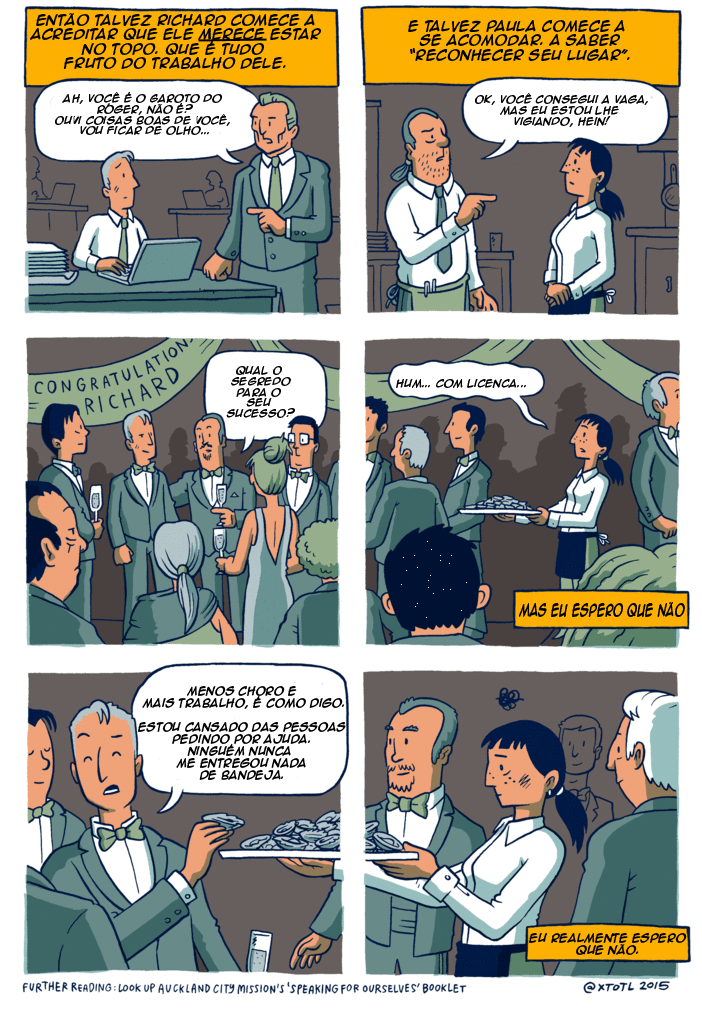 Illustration by Jennifer Luxton
Illustration by Jennifer Luxton
When the first
Mad Max was released back in 1979, the era’s reigning existential threats were nuclear winter and, to a lesser extent, peak oil. Set in a not-too-distant dystopian future and against the harsh backdrop of rural Australia, viewers’ ability to map their own fears onto the screen was crucial to that film’s success.
Although the fears have changed, you could say the same thing about
Mad Max: Fury Road, the series’ long-awaited fourth installment. Released this month in the midst of California’s historic drought and increasingly bleak studies about the likelihood of catastrophic climate change, the film plays more on viewers’ anxieties about a carbon bomb than a nuclear one.
Director George Miller’s pitched focus on resources reflects today’s embattled context to a tee.
Mad Max is not only a rollicking, white-knuckle action flick on spiked 6-foot wheels. It also carries an important and all-too-timely message, shouted defiantly by no less than an aged, graffiti-scrawling woman wielding a shotgun: “You cannot own a human being!” nor the planet on which they live.
Miller’s eponymous antihero, Max Rockantansky (Tom Hardy), inhabits a parched dystopia created by dual resource crises. Invoking
political strategist James Carville, the movie’s opening-by-way-of-background announces, “It’s the oil, stupid,” briefing viewers on the water wars, oil shortage, and subsequent state suppression that jolted humanity into chaos. As the world’s supplies of fossil fuels and water dwindle, its citizens are reduced to a single instinct: survival.
Yet
Mad Max is not a pessimistic tale of humanity’s base viciousness; it’s one of solidarity. The true star of
Fury Road is not Max himself—who spends the first half of the film in captivity—but the indomitable Imperator Furiosa, who Charlize Theron plays like
Tank Girl all grown up. Kidnapped as a child from her home in the mythical “Green Place,” Furiosa has since risen through the ad hoc “Hierarchy”—the governmental structure, if one can call it that, which pervades in the militarized fortress-city-state known as The Citadel. Now somewhat esteemed, and sporting a sweet bionic arm, Furiosa drives a weaponized oil tanker for the repulsive warlord and Citadel ruler Immortan Joe, whose messianic promises have earned him an army of lithe (but diseased) “War Boys” eager to win his approval and gain entry into the warrior’s paradise of Valhalla.
That this desert empire’s only export is testosterone is no mistake; women, to Joe, are slaves, and Miller pulls few punches in showing just how toxic the Citadel’s violent masculinity truly is. While the War Boys are sent off to die in a blaze of glory, women are held in breeding chambers where Joe rapes them for pleasure, forces them to give birth to his spawn, and then harvests their milk like cows.
Fed up, Furiosa goes rogue and embarks on a quest to free Joe’s “five wives,” his most prized breeders. Each with her own personality and fantastic name (“Toast the Knowing,” “Cheedo the Fragile”), the wives are sex slaves who play an integral part in their own liberation. Perhaps surprisingly, at no point does
New York Times columnist Nick Kristof
heroically burst through a door to rescue, educate, and tweet about them.
In a movie taking on sexism so directly, Miller’s disgust for men commodifying women’s bodies is clear. But that critique doesn’t end with his refreshingly gloves-off treatment of the patriarchy. Joe further hoards “guzzoline” and water, branded “Aqua Cola,” which he distributes sparingly to the literally teeming masses. The only green in
Mad Max’s two hours is a four-second shot of the hydroponic crops cloistered away in his high-rise lair.
Mad Max’s ethos on women, then, runs parallel to its ethos on resources: They aren’t Immortan Joe’s—nor any man’s—to take.
The film doesn’t just rebuke the greedy, but saddles them with the blame for a broken society. Rather than humanity at large, it was privatizing opportunists like Joe who plunged earth into madness, and are all too happy to keep it there. Only he and his top brass come off as despicable, motivated by a pathological desire for control. Even the sickly War Boys, personified by the endearingly naive Nux (Nicholas Hoult), are clearly exploited, fed a false ideology in exchange for their blood and work.
The fact that privatization is the hallmark of evil in
Fury Road clashes head-on with conservative tales about benevolent “job creators” letting their corporate profits trickle down, like drops of Aqua Cola, to the rest of society. If
Mad Max was the bedtime story Rand Paul read to his children, Immortan Joe would be its hero—a John Galt type whose objective superiority and mastery over human and natural resources has rightfully earned him his domain. But to those of us not dreaming of Galt’s Gulch, he is clearly the villain.
More than a few commentators have noticed the film’s focus on resource scarcity. “Control for water throughout history has been an important element of power,” NASA water expert Jay Famigletti said,
after seeing the film with radio host A. Martinez. “With the scarcity that we see now, controlling … water is a little bit more subtle, maybe a little more political, [but] it’s creating the classes of the haves and the have-nots.”
Mad Max ’s conflict, then, is not between nature and humanity, but between nature and capitalism. Standard environmentalist rhetoric tends to lump all humans into the same category, pitting them against some virginal, pristine conception of the natural world. Take the idea of the “Anthropocene”—the notion of a tragic descent from the comfortable Holocene climate of the past 12,000 or so years
into a world reshaped, generally for the worse, by an undifferentiated mass of nasty, brutish, and wasteful humanity.
The world of
Mad Max is, like our own, closer to what sociologist Jason Moore has called
the “Capitalocene”: “the historical era shaped by relations privileging the endless accumulation of capital.” Within it, world-altering forces like global warming are thought to emerge from specific relationships of power
between humans; namely, the toxic ones driving our current economy’s exploitation of land and labor.
“As a whole,” Moore writes, capitalism “in its most fundamental historical sense [is] a way of organizing nature.” Fittingly, Immortan Joe finds ways to exploit the land and people around him for his own benefit, organizing women’s ability to create children—their literal labor—just as he does water and fossil fuels.
In the face of Immortan Joe and his real-life counterparts, the most important resource in Max’s world and our own isn’t oil or water: it’s people, and the power they hold together. From Max, to Furiosa, to the caustic, leathery, and totally badass gang of matriarchs patrolling the outback on motorcycle, no character survives
Fury Road on their own. They take turns saving one another and—without giving too much away—something much bigger. Taking their cue, joining forces, we might just be able to save ourselves from sandblasted dystopia.









